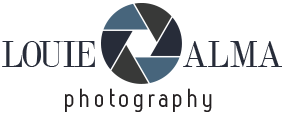Madeira Promotion Bureau Launches New Campaign: “Madeira. Everything You’re Into”
The Madeira Promotion Bureau has launched its latest tourism campaign under the slogan “Madeira. Everything You’re Into”. Positioning the archipelago as a complete, authentic and versatile destination, the campaign speaks to a broad spectrum of travellers.
Today’s travellers increasingly seek personalised, meaningful experiences and Madeira stands out as a place that truly offers it all: from peaceful relaxation to thrilling exploration, from beautiful beaches to majestic mountains and from rich culture to unspoilt nature. As tastes evolve, Madeira continues to provide a diverse range of unique places and experiences to suit every kind of traveller.





